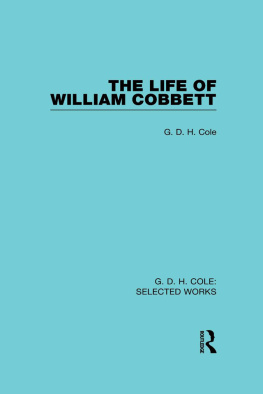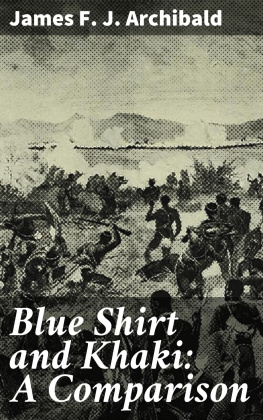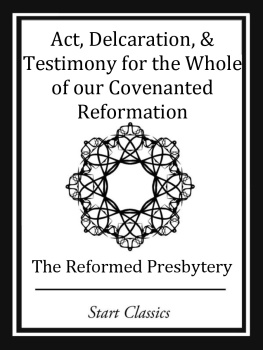ON ART
AND CONNOISSEURSHIP
by
MAX J. FRIEDLNDER
With 40 Illustrations

Printed in the United States of America
CONTENTS
ON THE ANONYMOUS MASTERS, THE MEDIUM
MASTERS AND THE LESSER MASTERS |
LIST OF ILLUSTRATIONS
1. HANS MEMLING. PORTRAIT OF A MAN IN AN ATTITUDE OF PRAYER. Lugano, Castle Rohoncz Collection
INTRODUCTION
AMONG art historians of to-day there is hardly anyone who enjoys a position comparable to that of Dr. Max J. Friedlnder. He is universally recognized as being probably the greatest living expert, notably, of course, on the early Netherlandish and German masters; and in normal times not a day passed on which pictures were not submitted to him for opinion from all parts of the world. But he is much more than the mere, if accomplished, expert, worried without respite by people eager for his verdict on their possessions: the list of his writingsall of them revealing the outlook of the born historianmakes a truly imposing series, culminating in his monumental History of Early Netherlandish Painting issued from 1924 onwards in fourteen substantial volumes. And for a long time the whole of this ceaseless activity had for its background Dr. Friedlnders connection with the Berlin Picture Gallery and Print Room: their marvellous growth during the period in question owes in fact an enormous debt to the distinguished scholar, whose career as an official came to an end in 1933, when Dr. Friedlnder relinquished the post as Head of the great Picture Gallery, to which he had been appointed as Wilhelm von Bodes successor. It is, indeed, the very aroma of that institution in its best days which pervades the whole activity of one of the greatest of those who stand to it in the relation of at once alumnus and creator.
The opinions on art and connoisseurship, which represent the ultimate wisdom and considered judgment of a man whose performance has here been summarily outlined, must inevitably be of the most profound interest; and it is, indeed, a matter of congratulation that Dr. Friedlnder should have made them accessible to a much larger audience than that of those friends in many lands who have been admitted to the privilege of his conversation. The views expressed in the present volume obviously derive a peculiar significance from the authors first-hand contact with the problems concerned, as well as from his power of independent thinking. In the Preface he characteristically stresses his lack of acquaintance with the existing literature on the theory of art, and readily, if over-modestly, admits the possibility that opinions similar to his may already have been expressed by others, perhaps even on the basis of better reasoning. The students of aesthetics will, indeed, know how to value the judgments of the author precisely because they confirm the results independently arrived at by others. Thusto give an example among manywhen he speaks (
Very wisely, Dr. Friedlnder has attempted nothing in the nature of a cut-and-dried system. In this connection it is worth while noting that his manuscript of the present volume is headed by the following quotation from Grillparzer:In these remarks I set out, regardless of any system, to write down, on each subject, that which seems to me to spring from its own nature. The resultant contradictions will eventually dispose of themselves automatically; or, inasmuch as they cannot be got rid of, are going to prove to me the impossibility of a system.
The present volume is translated from the authors original complete manuscript in German.to the mastery of Dr. Friedlnders style. I have felt encouraged in my effort by the approval which he has been good enough to express of such occasional translations as I have made in the past of articles by him; and I particularly want to acknowledge the help which throughout my work I have received from Mr. Herbert Read, whose contribution towards the creation of an aesthetic terminology in Englishnotably in relation to Germanhas been of such importance. One or two brief passages in the manuscript, pointless in any other tongue but Germane.g. when relating to etymologieshave necessitated the very slightest editing.
In his Preface Dr. Friedlnder has referred to the difficulty offered by the problem of illustrating the book. His own selection of illustrations has, of course, been incorporated with the present volume; but it has occurred to the translator that the authors meaning in certain cases might be made clearer by the inclusion of a few reproductions beyond those chosen by him. These additional illustrations are marked in the List of Illustrations with an asterisk.
TANCRED BORENIUS
University of London,
University College,
May, 1941
See The Burlington Magazine, vol. xxxv (August 1919), p. 85.
When last heard of, Dr. Friedlnder was an migr in Holland.
PREFACE
THE views set out in this volume are the outcome of personal experiences gathered during the lifetime of one man. It will help towards an understanding of the text, and further a friendly reception, if a few clues are given about the author, particularly about the manner in which he arrived at his general outlook.
Born in 1867 in Berlin, I grew up in a house which was barely two hundred yards from the Altes Museum. I studied art history in Munich, Leipzig and Florence, my natural inclination being from the start towards the attitude of the connoisseur rather than that of the university lecturer. For the practice of the science of pictures I was fortunate in coming across three distinguished men as my teachers: during the time of my stay in Munich, Adolph Bayersdorfer; then for the period of a yearwhen I worked as attach to the Cologne MuseumLudwig Scheibler; and finallywhen for decades I found myself a member of the staff of the Berlin Museums, the Picture Gallery and the Print RoomWilhelm Bode.
Bayersdorfer, Keeper of the Alte Pinakothek, has written but little; without aiming at a far-reaching influence he, primarily by word of mouth, unselfishly shared his wide experience with others. His brochure Der Holbein-Streit (1872) and his posthumously published writings (Munich, 1902) give some idea, though by no means an adequate one, of the many-sidedness of his interests, the depth of his understanding of art, and that blending, which was characteristic of him, of acuteness, humour and the attitude of an eccentric, contemplative amateur.
Ludwig Scheibler shared with Bayersdorfer a lack of ambition, and like him has left a literary estate of but modest extent. Working untiringly, he grew into the first expert on the painting of the Cologne School, and on the early Netherlandish School. When in 1894 I was privileged to be taught by him at Bonn, his period of research was already a closed chapter in his life. At that time he was providing Carl Aldenhoven with facts, thereby making it possible for this litterateur with the schooling of a humanist to write his history of the Cologne School of Painting. Himself, he had by then turned to the history of keyboard music. The universal, tragic fate of the expert has been experienced by Scheibler with unwonted harshness. The many true things, which he had been the first to recognize and had expressed with pertinent brevity, became even in his lifetime common property; but his own name was mentioned almost only when it was a question of contradicting this or that attribution of his.
Wilhelm Bode is survived by such fame as an expert, collector and organizer, and his importance for the blossoming forth of the Berlin Museums is still so dazzlingly present in everybodys mind that I need not devote many words to what I owe to him; to the stimulus and inspiration which his incomparable energy communicated to his assistant, who had the good fortune to collaborate with him during the decades in which the Berlin Museums were enriched in so truly happy a manner. Bodes fanatical eagerness for work, his universal connoisseurship and his authority, created a close network of connections with collectors and dealers all over the world, with the result that in his study works of art were offered for sale, placed on show and came up for judgment each and every day.










